Description
 Nothing “inspires” us more significantly than our breath. Inspiration. To breathe in. From the root, spiritus: spirit. Nothing exemplifies our quality of life than the quality of our breath. Every ancient discipline has concentrated upon breath. Yet only in recent decades has modern science begun to comprehend the magnitude with which breath affects us, and how life affects our breath.
Nothing “inspires” us more significantly than our breath. Inspiration. To breathe in. From the root, spiritus: spirit. Nothing exemplifies our quality of life than the quality of our breath. Every ancient discipline has concentrated upon breath. Yet only in recent decades has modern science begun to comprehend the magnitude with which breath affects us, and how life affects our breath.
Breath control remains the most rigorous and esoteric practice in human history: disciplined preparation to enhance your quality of life and, as evidenced by powerfully compelling modern research, even your quantity of life.
“If you’re breathing, you’re alive. And if you’re breathing hard, you’re LIVING!”
Those cherished breathless moments throughout our very short existence define us. We recollect them with loving nostalgia in times of peaceful reverie, and with clutching comfort in calamitous times of imminent jeopardy.
But what does it mean for a moment to take our breath away? What happens, and why? Many theories, and a species-wide chronicle of exploration, have offered libraries of ideas. Let us discuss just one: when a dire moment steals our breath away, how do we rapidly recover from it, to reclaim it, to seize it back from the vacuum which has sucked it from us?
Breath is our final addiction in life. Our spirited lives, like no other time in history, swim in an ocean of stressors, anxieties and fears. When overwhelmed by circumstances, we asphyxiate from the seemingly-necessary evil of excessive stress. If you’re going to walk the line of adventure and growth, if you will not shirk from the challenges which life presents, then stress becomes the currency of our growth.
Stress adapts us, and as Charles Darwin illuminated, “it is not the strongest which survives, nor even the most intelligent, but the most adaptable, which survives,” and thrives as cutting edge neuroscience has revealed. Those moments which leave us blissfully at a loss of breath, erupted from what psychologists label as eustress: positive stress which fosters adaptive growth. We develop from eustress; and we can say that we live for it: those are the moments which take away our breath… in a positive way.
But another more common perspective of stress pervades… the negative. The founder of the concept of psychological stress, Hans Seyle, on his deathbed described one of his greatest lamentations involved the miscomprehension of stress. He said that he had wished that he had used the word strain to distinguish it from positive stress (eustress.)
Strain (excessive levels of stress to which we cannot adapt) floods over us like a tsunami. Our breath drowns in its turgid rapids. Psychologists offer the distinction of the negativity of strain by the term distress. Distress steals our breath, imprisoning it in a high pressure chamber, with volcanic repercussions. The Paleolithic aspect of nervous system perceives distress as mortal threat, and mobilizes for fight or flight; and if nothing can discharge this potential, it freezes us paralyzed from overload.
This one aspect of your nervous system (called the Sympathetic) cannot differentiate between a true lethal threat, such as saber toothed tiger chasing you across the prehistoric tundra, and an emotional / symbolic threat, like a belligerent coworker, a terrible two year old tantrum, or the dread of a drained bank account and a lost job. Your nervous system evolved to help you with today’s survival, with no consideration of the total length of your life, nor the quality of you living it. And so it steals away our breath, sending us into the pressure of rage or into vacuous panic.
Our breath holds near-magical properties in that both branches of your nervous system plug into it: you breathe automatically (thank God), but you can also volunteer how you’re breathing. Furthermore, how we choose to upload our breath program to our nervous system server influences your entire operating system: so, if you need to get excited, vitalized and aroused for action, you can breathe one way; and if you need to calm down, think clearly and act with precision, then you can breathe another way.
As a yoga teacher for over a decade, I’ve explored the relaxation methods of breath control, and their oceans run deep and wide. These proactive measures improve quality and quantity of life. But we also require counter-active methods for facing distress, recovering from it, and developing a tough resistance to it.
We must certainly heal our trauma, but we must also have the courage to face those hardships. We must learn how to retreat to a sacred place and convalesce, and sometimes we must stand firm within a hurricane of high speed moments of distress, and deal. When we can’t retreat, what then do we do?
How do we stand clearly, calmly, in the face of a crisis and respond with higher consciousness, rather than falling into panic, anxiety, rage, frustration, doubt or hesitation?
The breathing techniques for stress-free relaxation differ from the methods to rapidly recover from distress while needing to face and resolve it. If you’ve ever been in a fight for your life, you may be able to repeat your prayer or mantra in your head, but rarely through your lips. You’re just too breathing hard. Strain erodes the depth and pace of our breath, which exacerbates the already critical situation. When in a distressing crisis, we can recover our mind and our emotions through counter active breathing techniques.
We need this sangfroid recovery more than we know. If we look at how we are dying today compared to a century ago, our number one killer across the planet isn’t a bullet or a bomb, not a virus or a bacteria, but stress-related heart disease. Distress does worse than corrodes our mind, it cannibalizes our body, and literally breaks our heart.
The impact upon our health may not be catastrophic for some time, but its daily toll upon us cannot be denied. Emotional stress can feel so overpowering. Early childhood violence and a family of post traumatic stress perpetuated a cycle of emotional abuse and anxiety, for which many of us seek out therapies.
Some of us gravitate to the martial arts for a physical catharsis to counter-act the ravages distress wreaks upon us. As an emotional and mental discipline, the martial arts give us the incremental opportunity to immerse ourselves in threatening scenarios, and as a result cultivate methods of resilience to distress. Over twenty years of competitive fighting for my country’s national team, as the USA Coach, I applied my observations to assess the effectiveness of these methods in preparing my athletes to bounce back from falling prey to excessively high stress.
My research as a national coach took me to Russia where breath training had been refined to a science by Dr. Nikolay Buteyko (Buteyko Method for Asthma) and Dr. Vladimir Frolov (Frolov Breathing Apparatus for Sports Performance). However, US research has been successfully organized by LTC David Grossman, featured in his books On Combat and Warrior Mindset where this esteemed former West Point psychology professor ironically cited me as a source, though I had been using his research as MY source. (See his free iPhone app called: Tactical Breathing.) In the mid 1990s, I began assisting the senior psychologist at a neurobehavioral clinic in movement therapy for brain damaged and mentally ill children. Taking our early successes with the children to research upon university students, we discovered that the movements I performed, embedded with specific breathing techniques, entrained the subjects to perform better under stress. Refining our study we extracted the breathing techniques from the movements, and pinpointed their effectiveness. The doctor went on to publish a study in the Journal of Applied Psychophysiology and Biofeedback proving the validity of the approach.You can counter act distress, and recover back to eustress. This is the definition of resilience: to recover rapidly from strain. And breath, like no other mechanism in the human existence, provides us with the password to that encrypted server.
If you will permit, I would like to give you the conclusions of my research in the form of practical techniques, as a gift. You don’t need to understand my entire personal story to know why. Just know that, I can appreciate how carnivorous society can be and how mercenary this so-called civilized life can behave. Having survived the pressure cooker due to some incredibly talented coaches and teachers around the world, and be given such incredible quality of life through their education, I’d like to “pay it forward” to those of you who didn’t have the time and opportunities with which I had been blessed. (Granted, some of those more violent experiences didn’t seem like blessings to me at the time!)Resilience Breathing involves the researched techniques I’ve refined over the years as a national team coach for several different sports, and as a consultant to those who statistically suffer the hardships of distress with an average mortality of age 54: firefighters, police and soldiers. Using these techniques, and others, in federal and municipal academies, I’ve reduced training related injuries to zero, which for them had never before happened in their academy histories.
But these techniques also apply to our health, as we face the same specter as tactical responders and martial artists: distress is our number one killer. Proactively, we can address it through ancient disciplines such as yoga, sufism, bagua and taiji. But we can also counteract distress in the moment they happen to us, with other techniques.[/vc_column_text][vc_row_inner][vc_column_inner][vc_column_text]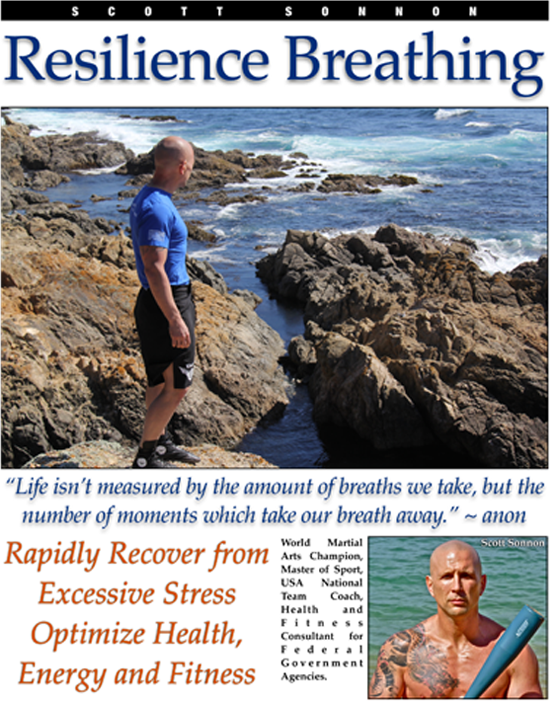 We can recover from distress to the point that it can once again transform us as eustress. We can become stronger, better human beings from stress… if we are able to increase our resilience.
We can recover from distress to the point that it can once again transform us as eustress. We can become stronger, better human beings from stress… if we are able to increase our resilience.
Let me offer you this gift from the heart of a fellow reformed sufferer who has been given the chance to learn from psychophysiology researchers.
What you will learn in this video cannot be described as a singular technique, as it involves a series of techniques strung together to produce a synergistic effect. They address the challenge of reclaiming breath from involuntary reflex back to voluntary control while counter-acting the reflexive breathing elicited by distressing circumstances.
1. The first technique teaches you how to transfer from being out of breath, “gassed” and hyperventilating, to reclaiming control of the speed of the breath to stop hyperventilation from exacerbating your nervous system eliciting reflexes.
2. The second technique teaches you how to lengthen the inhalation so that you reclaim depth of tidal volume: how much total capacity of the lungs you utilize.
3. The third technique then takes the reclaimed control of the inhalation, and shifts the focus to the exhalation, so that you can begin to calm the nervous system’s alarm.
4. The fourth technique shuts off the alarm by enabling the “tend and mend” response to counteract the fight or flight reflex.
5. The fifth technique reboots the entire nervous system so that all corners of the four aspects of breath receive their due diligence, and you’ve restored awareness and adaptive potential to the stress you can now process.
These five techniques combined produce a synergistic effect far more powerful than any single one of them. They culminate in shutting down our primitive reflexes, and by restoring conscious breathing.
Resiliency will aid in the prevention of stress related illness, and, as a result, contribute to the prevention of an early demise. But it will also improve our quality of life. There are not magic pills. These methods don’t stop you from experiencing breathless moments, and if we are truly LIVING, then why would we want to? But they will help us quickly bounce back from the negativity of distress while it is happening, rather than waiting until it has already begun to destroy us bodily, mentally and emotionally.
Even then it’s not too late, as there are many effective therapies to assist us. However, with resiliency we also don’t need to wait until it has already taken hold of us. We can halt the advance of distress in the moment and return to the state where stress creates positive growth and improves quality of life.
It’s taken me a lifetime to acquire, comprehend and refine these techniques into an observable, repeatable method to counteract distress while it is happening. I hope you’ll accept this in the spirit in which I’ve given it: a deep sense of service to pay it forward so that others can prevent the turmoil that I underwent to develop it.
Very respectfully,
Scott Sonnon,
World Champion,
Master of Sport,
USA National Team Coach,
Fitness Consultant for Federal Government Agencies

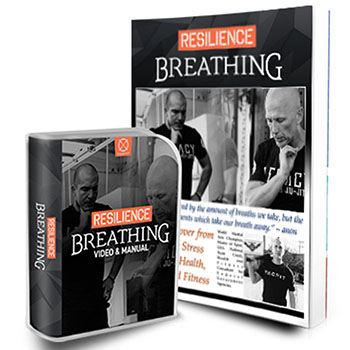
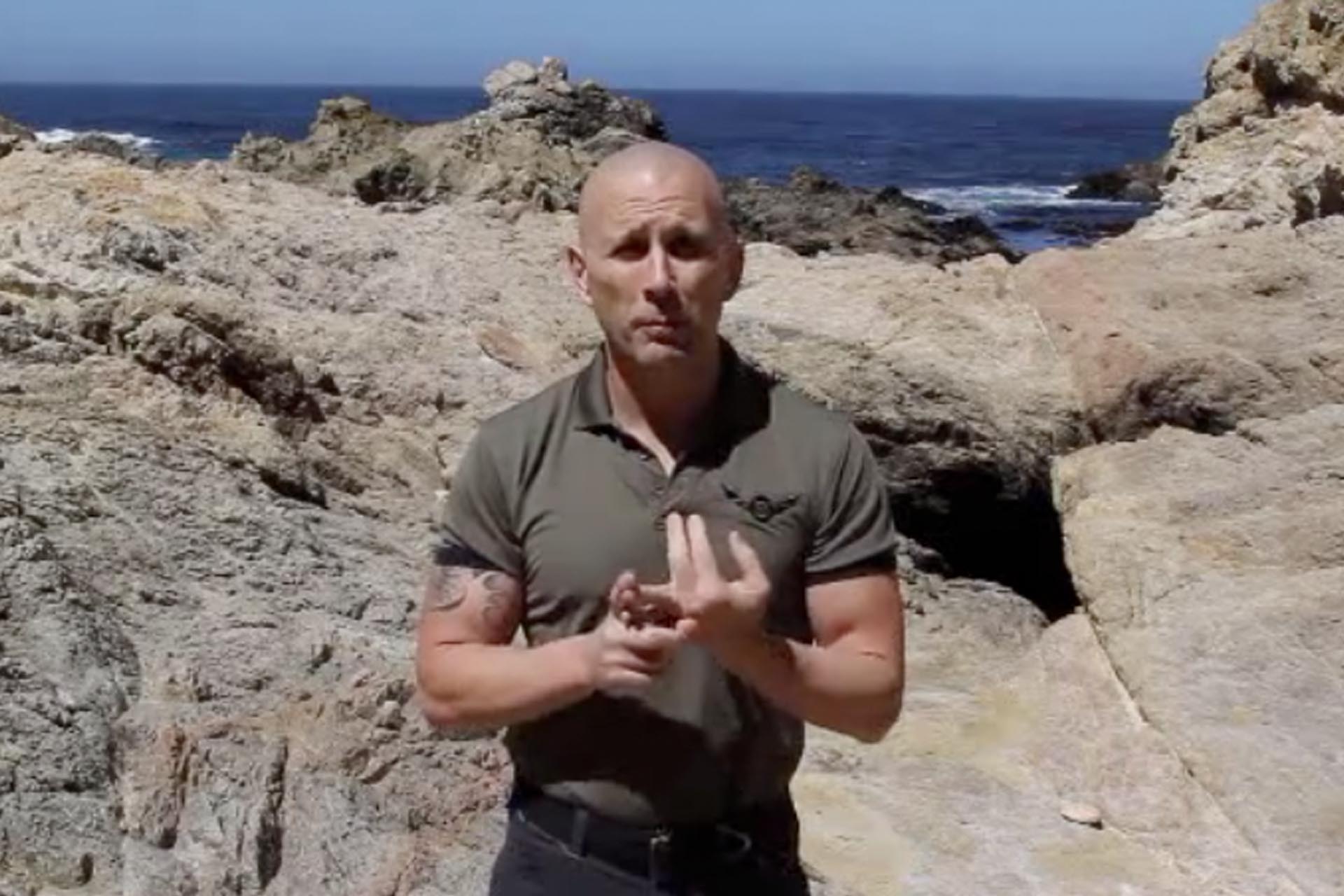

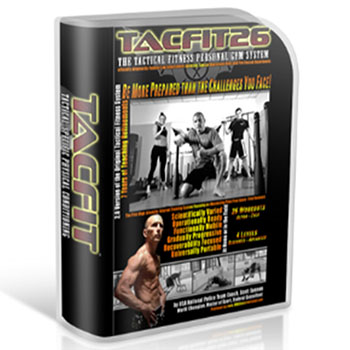
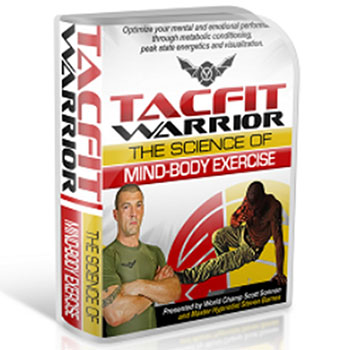
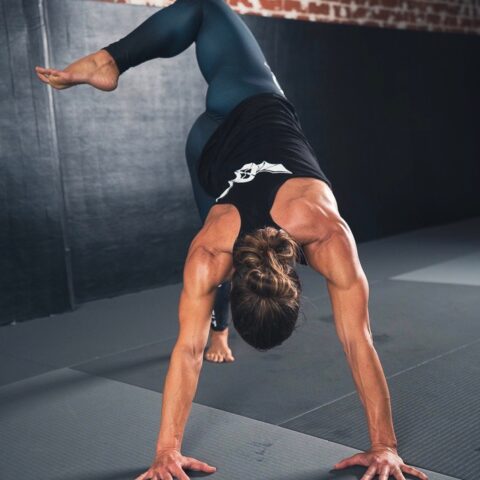
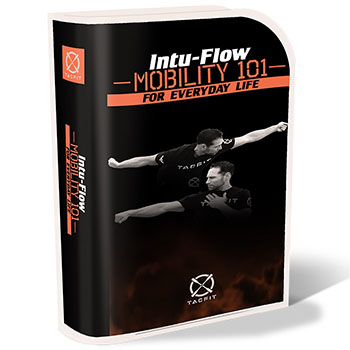
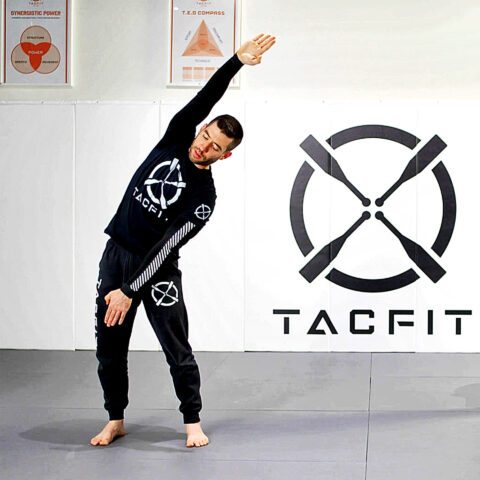
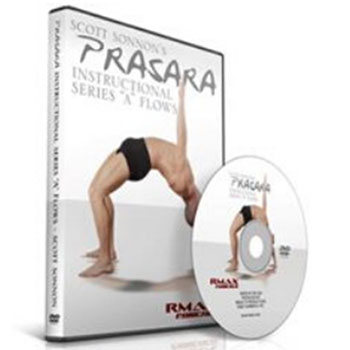




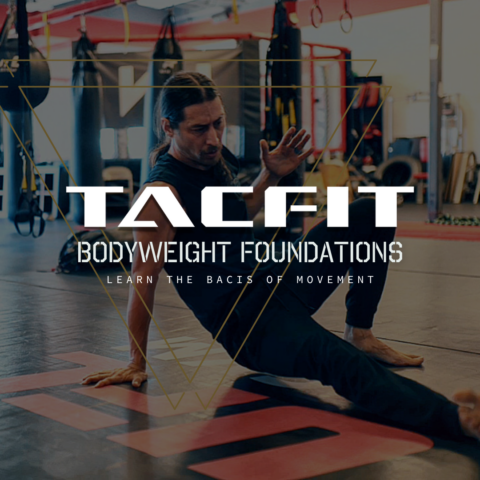
Laureana Espia Estoque Cortez (verified owner) –
Knowledgable